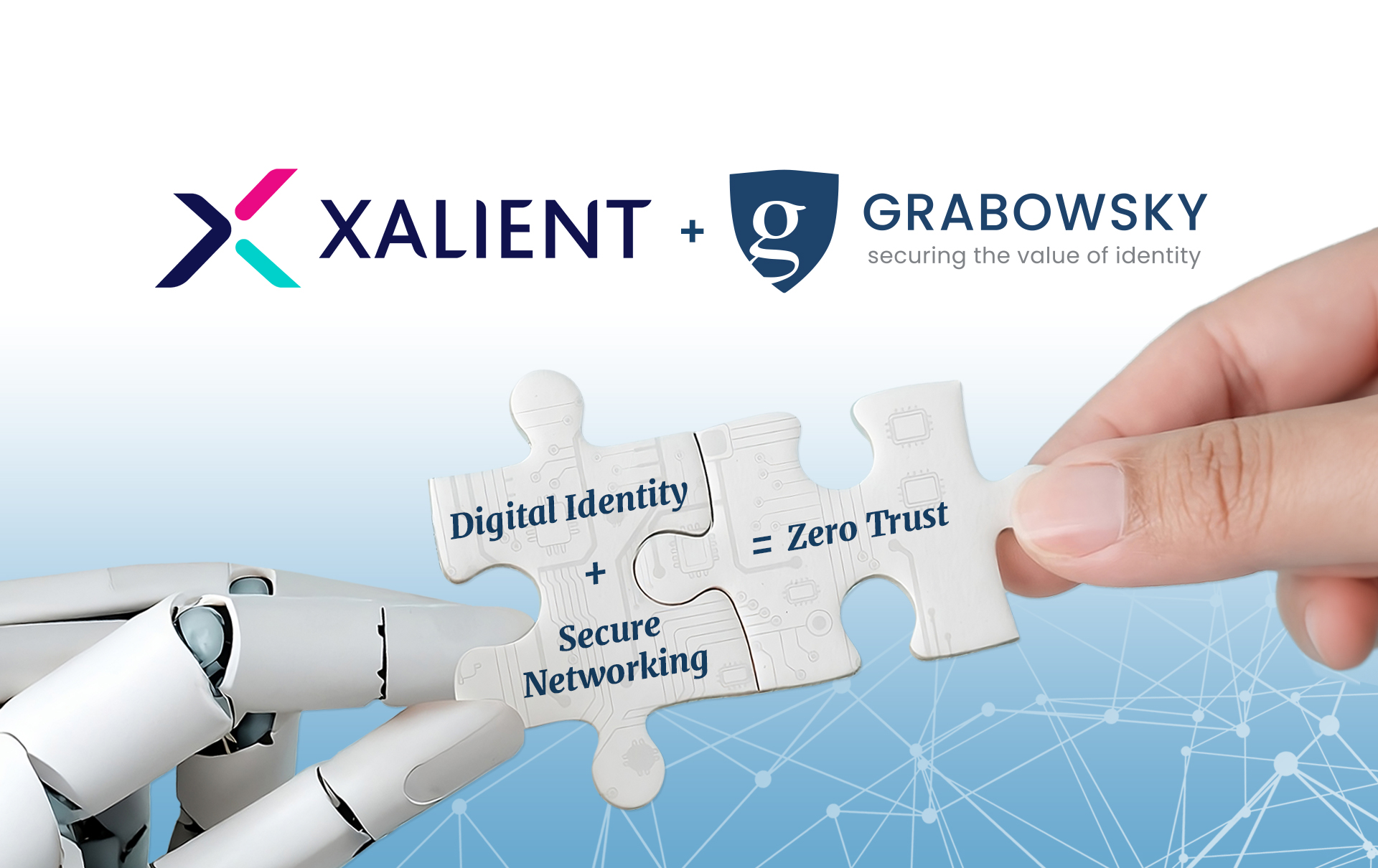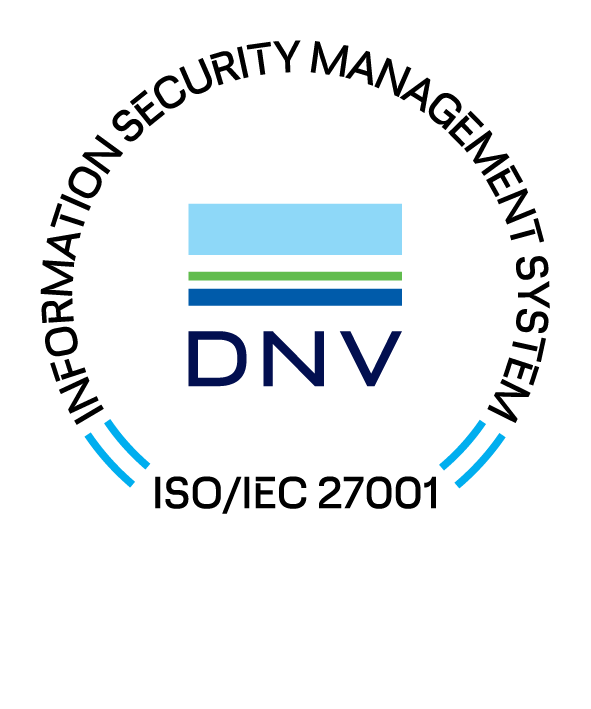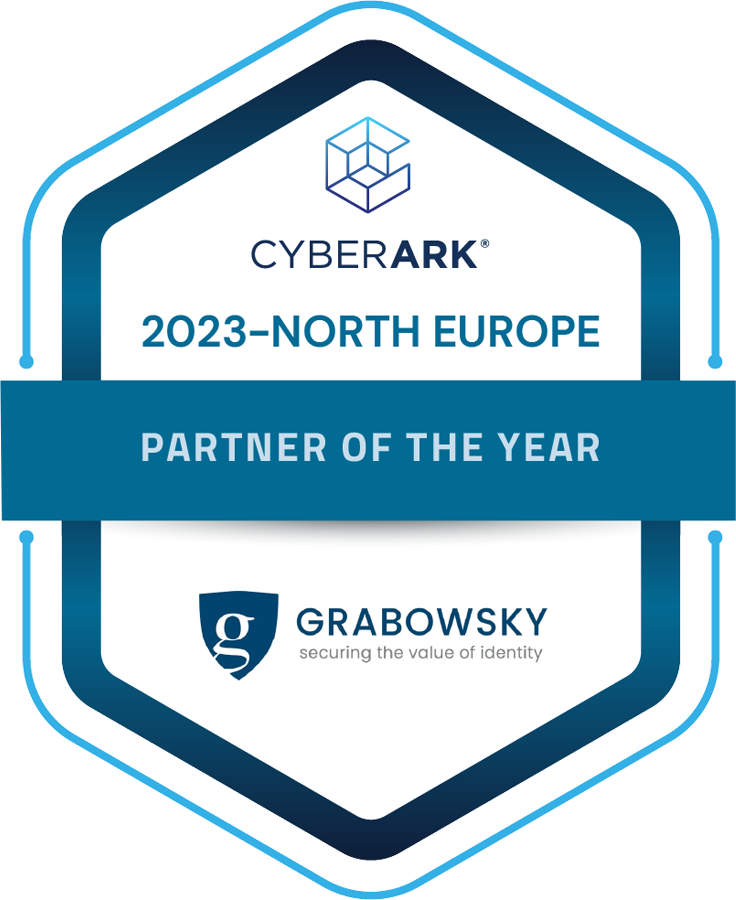In today’s digital landscape, the shift to hybrid work, cloud adoption, and the rise of IoT devices have dramatically expanded the attack surface for organizations. Zero Trust security is becoming essential. However, implementing Zero Trust is not straightforward. It requires an integrated approach that many organizations find challenging due to fragmented security infrastructures and siloed operations.
This blog post explores why adopting a Zero Trust approach is complex, the common challenges faced, and our top considerations when adoption a zero trust approach. Discover how to effectively navigate these challenges and enhance your cybersecurity resilience.
Zero-Trust Security
Zero Trust security offers a new way of securing access and IT leaders are embracing it. Organizations that adopt Zero Trust principles assume every connection, device, and user is a potential cybersecurity threat. By eliminating implicit trust, the Zero Trust model advocates for a security policy in which nobody is inherently deemed safe, regardless of role or responsibility.
In a recent study, organizations with a mature Zero Trust implementation scored 30% higher in security resiliency than organizations without a Zero Trust strategy.
Why it is challenging
Many organizations don’t fully understand all the different aspects of their security infrastructure to be able to implement a holistic Zero Trust approach. This is because most organizations approach security from a siloed perspective, as do most vendors. Not one vendor has every aspect of Zero Trust covered, with vendors delivering various solutions from identity to access control to micro-segmentation to endpoint verification to network access to real-time monitoring.
 Likewise, within the organization different teams will be delegated different security tasks. For example, network management and identity management often sit in separate teams. This may require a significant shift in organizational culture, set-up and security strategies, which can be complex and necessitate buy-in from several different levels. Substantial changes to existing network infrastructure may be required, which can be costly and time-consuming. Achieving comprehensive visibility and control over all network connections can be technically challenging, especially in complex environments.
Likewise, within the organization different teams will be delegated different security tasks. For example, network management and identity management often sit in separate teams. This may require a significant shift in organizational culture, set-up and security strategies, which can be complex and necessitate buy-in from several different levels. Substantial changes to existing network infrastructure may be required, which can be costly and time-consuming. Achieving comprehensive visibility and control over all network connections can be technically challenging, especially in complex environments.
Zero Trust from a holistic perspective
Zero trust security requires viewing cybersecurity from a holistic and integrated perspective. To achieve this organizations need appropriate governance and systems. A Zero Trust strategy with identity at its core is essential because it is the common denominator across all access points. This strategy involves managing how accounts—whether they are individuals, systems, or processes—access the network through various devices, while monitoring their behavior and governance.
Our cross-domain capability in identity, cybersecurity and networking makes it possible to look beyond siloed teams. For example, our AIOps solution, MARTINA, can predict anomalies in behaviors related to privileged access accounts, providing an added layer of security and integration.
Zero Trust in practice
Example case: Digital Transformation
One customer we are working with is moving from a physical business to a global digital platform. To achieve this digital transformation, every aspect of the project has a different solution, and a different vendor. The challenge for them today is understanding how they are going to bring it all together and how they ultimately extract value. We are helping them visualize where they want to be and what they need to do to successfully deliver this critical transformation. We can comprehensively do this because we straddle the three pillars of networking, security and identity and we are well positioned, particularly with our managed service capability, to help them navigate their way.
Example case: Privileged Access Management
Another client, where privileged access management is important, focuses on secrets management.This involves ensuring that their DevOps environment, where secrets are used in software development, is appropriately managed and secured. We helped them successfully deploy this project and now we are preparing for a Zero Trust workshop. Together we are plotting the steps towards the future making sure their cybersecurity team takes all the different aspects into consideration. We can do this as we have hands-on experience in so many different aspects of identity security and networking.
Our top 6 recommendations when adopting a Zero Trust approach
- Encompass All Identities:
Include third-party access, vendor management, partners, employees, and contractors in your Zero Trust road map. - Identify and Categorize Digital Assets:
Understand your organization’s critical digital assets, categorize them based on sensitivity, and correlate access needs with job positions. This aids in prioritizing security efforts and detecting vulnerabilities. - Implement Least Privilege Access:
Restrict user access by implementing access control policies, leveraging identity management, and conducting regular access reviews to ensure permissions align with job responsibilities. - Understand Your Risk Posture:
Have a complete understanding of access and develop a comprehensive road map. CISOs often juggle multiple responsibilities, making it essential to focus on the bigger picture. - Address Personnel Shortages:
Be clear on which topics and intelligence to retain in-house and which to outsource. For example, outsource complex tasks like Privileged Access Management to experts if specialist expertise is not required internally. - Foster Internal Communication:
Effective communication within security teams is vital. Inform and guide users through Zero Trust implementation phases, emphasizing the benefits.












